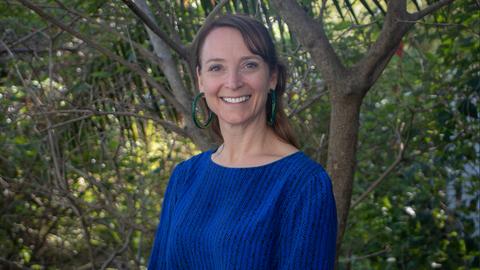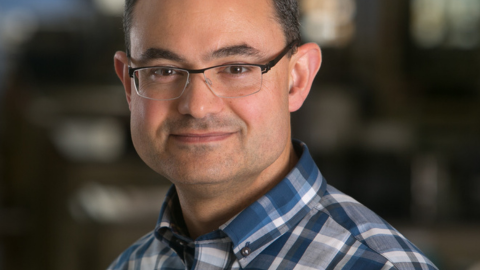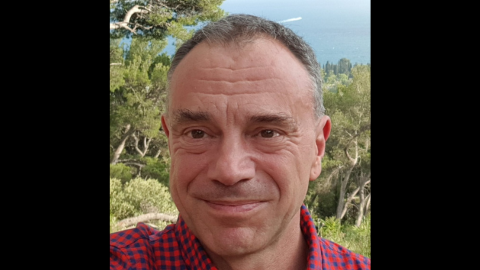After doctoral research on the viscosity of the earth’s mantle at Princeton, Lawrence Cathles spent seven years at Kennecott Copper Corporation’s Ledgemont Laboratory investigating the genesis of porphyry copper deposits and industrial leaching processes. Joining the faculty of The Pennsylvania State University in 1978 he researched the formation of massive sulfide deposits at mid-ocean ridges and in failed rifts in Japan. At Chevron Oil Field Research Laboratory from 1982 to 1986 he developed genetic and exploration models for gold and sulfide deposits and investigated the CO2 generation that often attends steam injection for enhanced oil recovery. Since 1986 he has been at Cornell University where he has investigated: oil and gas generation and migration in the Gulf of Mexico Basin; how capillary seals contain overpressured fluids in basins for hundreds of millions of years, allow basins to suddenly expel brine and form MVT deposits, and explain otherwise curious aspects of pock marks and gas pipes; how vein halos indicate porphyry copper deposits formed in barely-controlled hydrothermal explosions; how chemical alteration can be used to infer patterns of fluid flow; and how nanoparticles might be used to assess the degree of fracture control on subsurface fluid flow. Lawrence M Cathles, III, Professor of Earth and Atmospheric Sciences.
Image courtesy of interviewee. November 28, 2016






